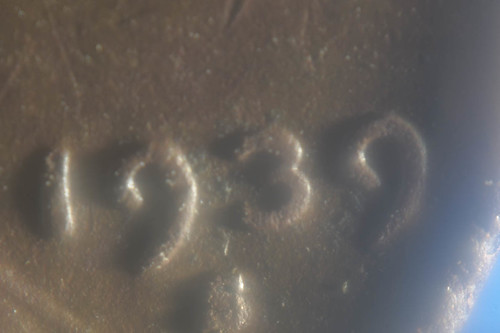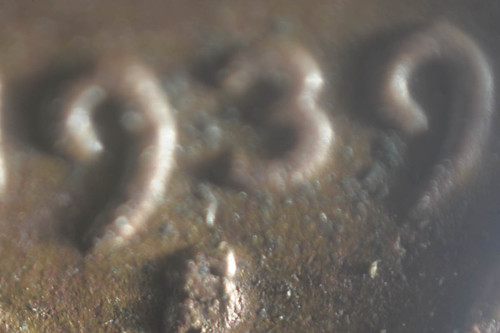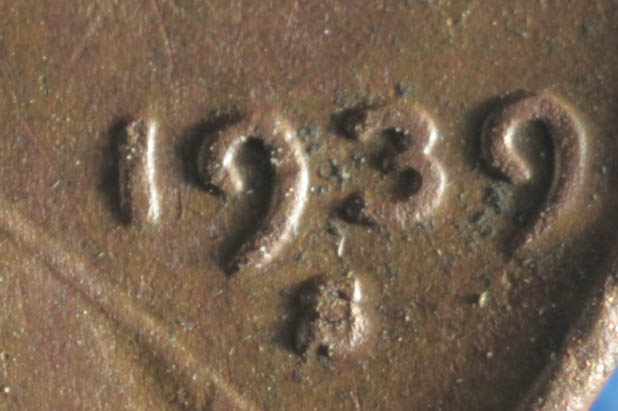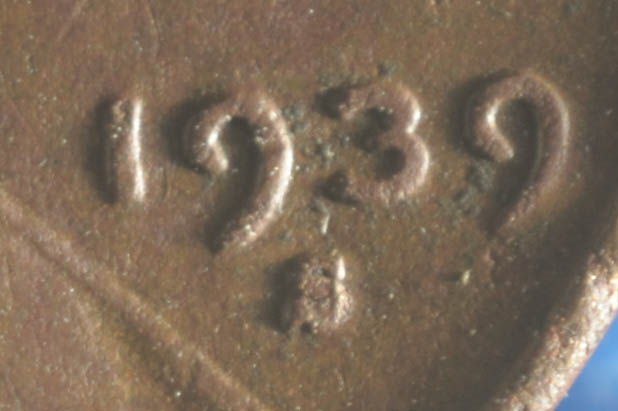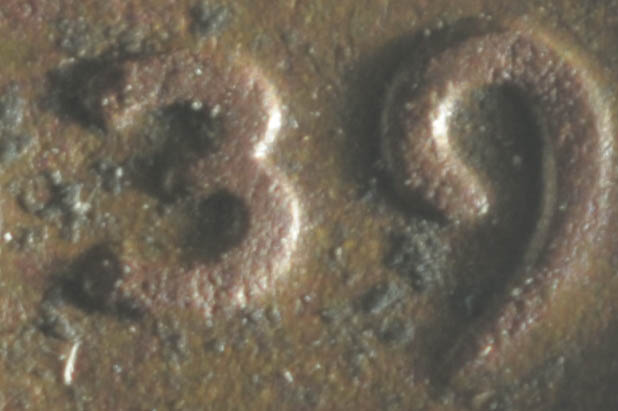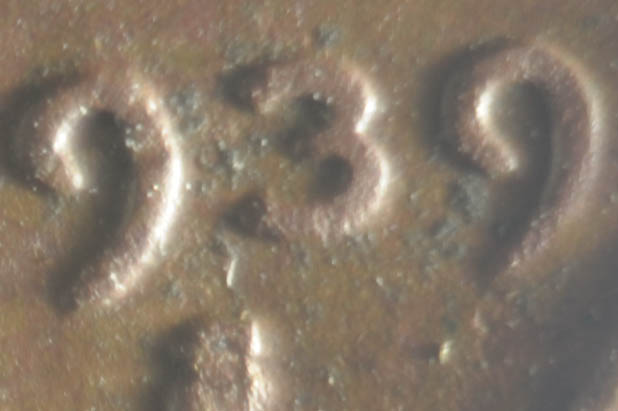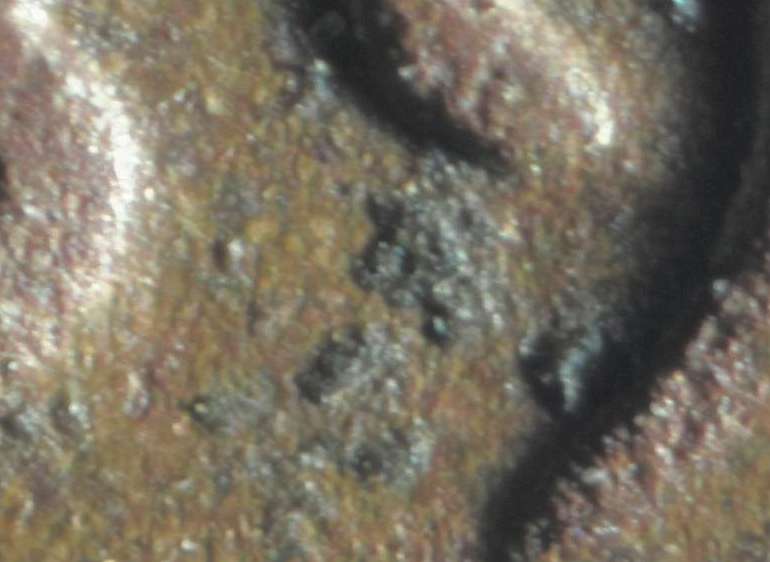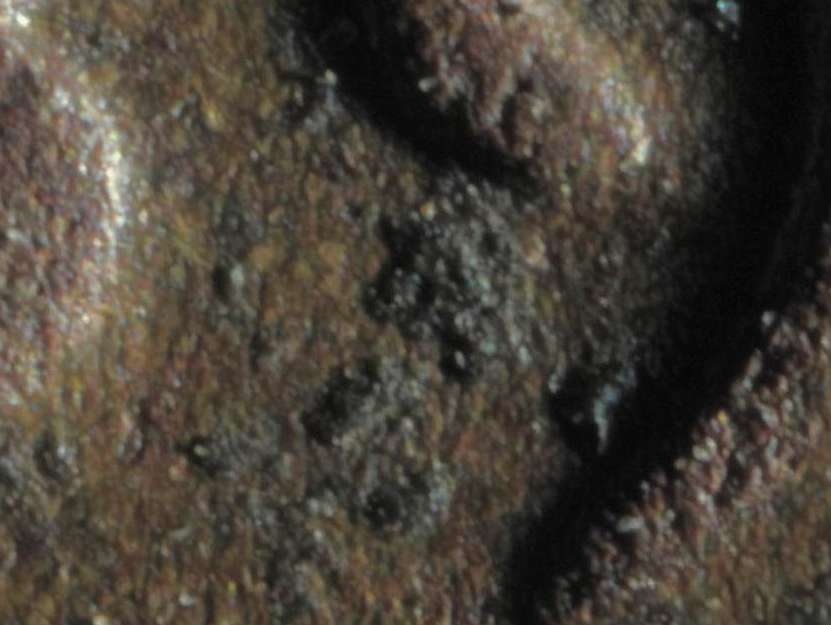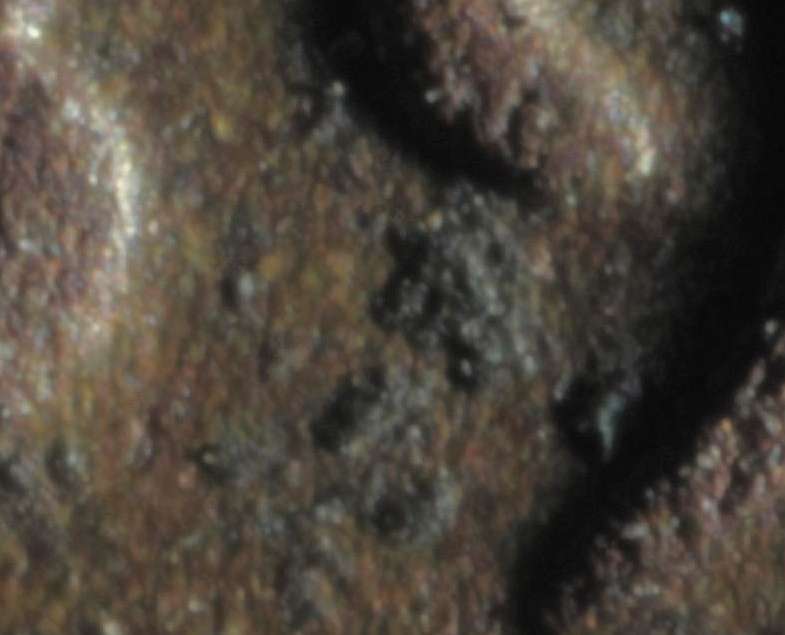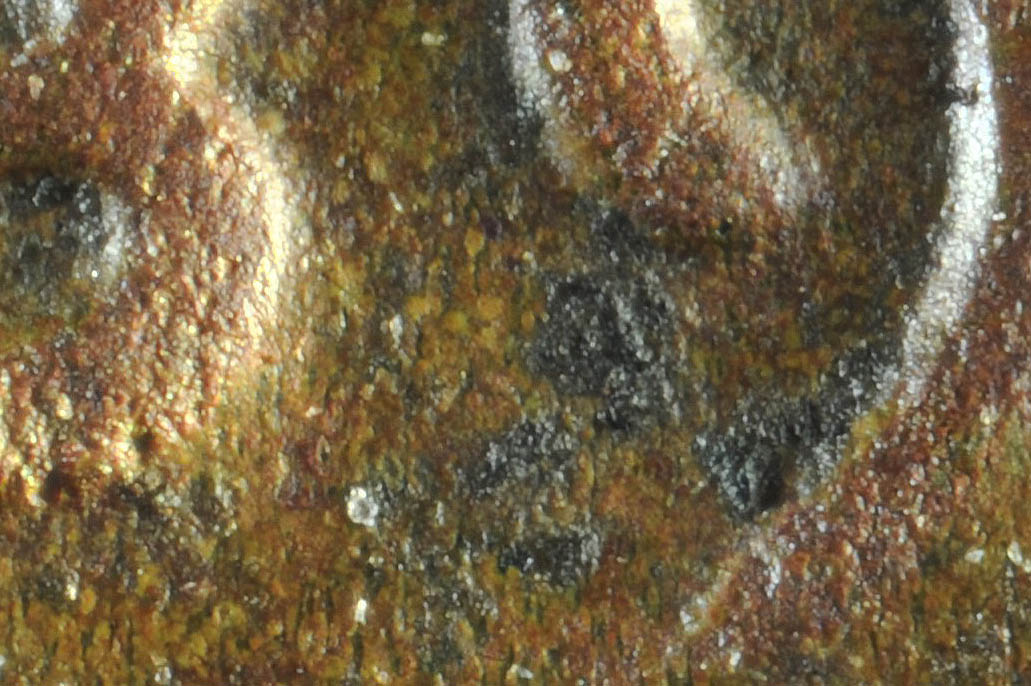I use this in the google search box (without brackets):
[80mm el-nikkor site:photomacrography.net]
or as a link:
http://www.google.com/#q=80mm+el-[url]n ... graphy.net
Anyways, I have the newer version that only stops down to f/32 (vs 45) and it seems to work great at around 1:1. I've got a 105 VR Nikkor but this is a heck of a lot smaller & easier to work with on a bellows. I'm really not that impressed with the 105 anyways. I'm pretty new at going beyond 1:1 & am loving the info on this forum.
A while ago I tested the 80/5.6 reversed & front - it didn't seem to make any difference so I'm using it in the normal position. I've used it with other lenses in front also and it seems a useful thing.
I hear a lot of mention of the 50mm f/2.8 El-Nikkor in here. Is that a much different lens?
I also have a 150mm f/4.5 Spiratone bellows lens, which doesn't seem very good or useful. It came with a bellows from ebay along with a 35mm f/3.5 Spiratone which is very useful but not spectacular. I'm awaiting delivery of a Canon 35mm f/2.8 bellows lens to replace it if anyone wants the Spiratone. BTW, the Spiratone bellows is a very unusual model with tilts & shifts in front & back but essentially worthless because it's not sturdy at all. I've also tinkered with all sorts of Ai Nikkors reversed & whatnot but those don't really seem all that great for macro. I can come up with all kinds of crazy magnifications but the quality doesn't really match up & it seems like it's just wasting pixels.
One other lens to play with is I think from a projector, I forget exactly, it's really dirty & old but can achieve 12:1 on the front of the 150mm lens but as I said, the quality isn't worth serious use. But maybe I'm just not using it right. Here's a pic of that one:

I'm not at all sure I want to get into more than about 5:1 magnification which the Canon should work for, maybe I can use that to experiment though & see if it's worth pursuing. This is all using a PB-4 bellows and an xyz stage I built with pretty tight working room on a D700. I'm just getting into stacking too. Any thoughts or comments appreciated.


